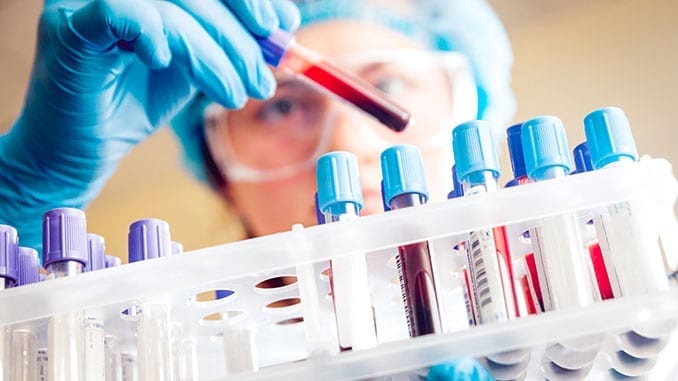Children with this multisystem inflammatory syndrome in children (MIS-C) have highly activated immune systems that, in many ways, are more similar to those of adults with severe COVID-19.
The findings of researchers from Children’s Hospital of Philadelphia (CHOP) and the Perelman School of Medicine at the University of Pennsylvania, published today in Science Immunology, show that better understanding the immune activation in patients with MIS-C could not only help better treat those patients but also improve treatment for adults with severe COVID-19.
“This study shows that children with MIS-C are tremendously immune activated, particularly when it comes to CD8 T cells, but that this activation subsides once patients begin to improve clinically,” said Laura Vella, MD, PhD, attending physician in the Division of Infectious Diseases at CHOP and first author of the study. “Our findings provide a broad immunologic foundation for understanding pathogenesis and recovery in this novel SARS-CoV-2-associated inflammatory syndrome, with potential implications for adult disease.”
Pediatricians first recognized MIS-C in April 2020, when pediatric patients began presenting with symptoms involving hyperinflammation, including fever, gastrointestinal distress and cardiogenic shock. The syndrome, thought to be a post-infectious complication of SARS-CoV-2 infection, has similarities in clinical presentation to Kawasaki disease, especially the vascular involvement, but it differs from Kawasaki disease in key ways, including unique clinical, inflammatory, and autoantibody signatures. The syndrome also lacks the respiratory complications typical of adult and pediatric COVID-19. However, until this point, the immunologic features driving MIS-C remained poorly understood.
To better understand the immunology behind MIS-C, the researchers collected blood samples from patients admitted to CHOP with COVID-19 or MIS-C between April and June of 2020. They analyzed more than 200 immune parameters, including serologic and plasma cytokine data, and compared these data with samples from adult COVID-19 patients, recovered adult COVID-19 subjects, and healthy adults.
The researchers found that children with MIS-C had highly elevated T cells, particularly CD8 T cells and a highly activated vascular patrolling CD8 T cell subset. These vascular patrolling CD8 T cells have a proposed role in the control of persisting or reactivating viral infection and have also been implicated in cardiovascular disease, which could have relevance to the vascular symptoms observed in these patients. The researchers found patients with MIS-C, who all had high vascular patrolling CD8 T cells, also required vasoactive support, had elevated D-dimer, and had decreased platelets. The elevation of CD8 T cells far exceeded what the researchers observed in pediatric patients with acute COVID-19 and most adults with COVID-19, but the level of CD8 T cells dropped in MIS-C patients in conjunction with clinical improvement.
The study also highlighted a skewed B cell response in patients with MIS-C compared to acute pediatric COVID-19 and resolved adult disease. Patients with MIS-C are almost universally seropositive for SARS-CoV-2, meaning enough time had passed since infection for an antiviral antibody to develop and be detected. Pediatric and adult patients with acute COVID-19 were not seropositive, consistent with the belief that that MIS-C is a delayed event following SARS-CoV-2 infection. Yet despite MIS-C being a delayed event, the researchers found that MIS-C patients had elevated plasmablasts, or immature plasma B cells, whereas plasmablasts in adults who recover from COVID-19 return to baseline two to three weeks after symptoms resolve, although a subset of hospitalized adult patients with COVID-19 did have a sustained elevation of plasmablasts.
The researchers proposed three possible drivers of the immune pathogenesis in MIS-C: (1) continued activation of adaptive immune responses, driven by persisting SARS-CoV-2 antigen; (2) an additional trigger, such as the virus localizing to a new tissue type or a secondary infection, occurring two to three weeks after the initial infection with SARS-CoV-2; or (3) an autoimmune response. More research is needed to investigated these potential scenarios.
“SARS-CoV2 infection can lead to a broad spectrum of clinical and immunological outcomes,” said E. John Wherry, PhD, Director of the Institute for Immunology and senior author of the study. “The use of an ‘Immune Health’ profiling approach for pediatric COVID-19 patients not only identified distinct features of the pediatric MIS-C presentation of disease, but the insights gained by studying MIS-C patients may reveal new therapeutic opportunities for pediatric and adult COVID-19 patients.”
Deep immune profiling of MIS-C demonstrates marked but transient immune activation compared to adult and pediatric COVID-19. Science Immunology, 2 March 2021.



